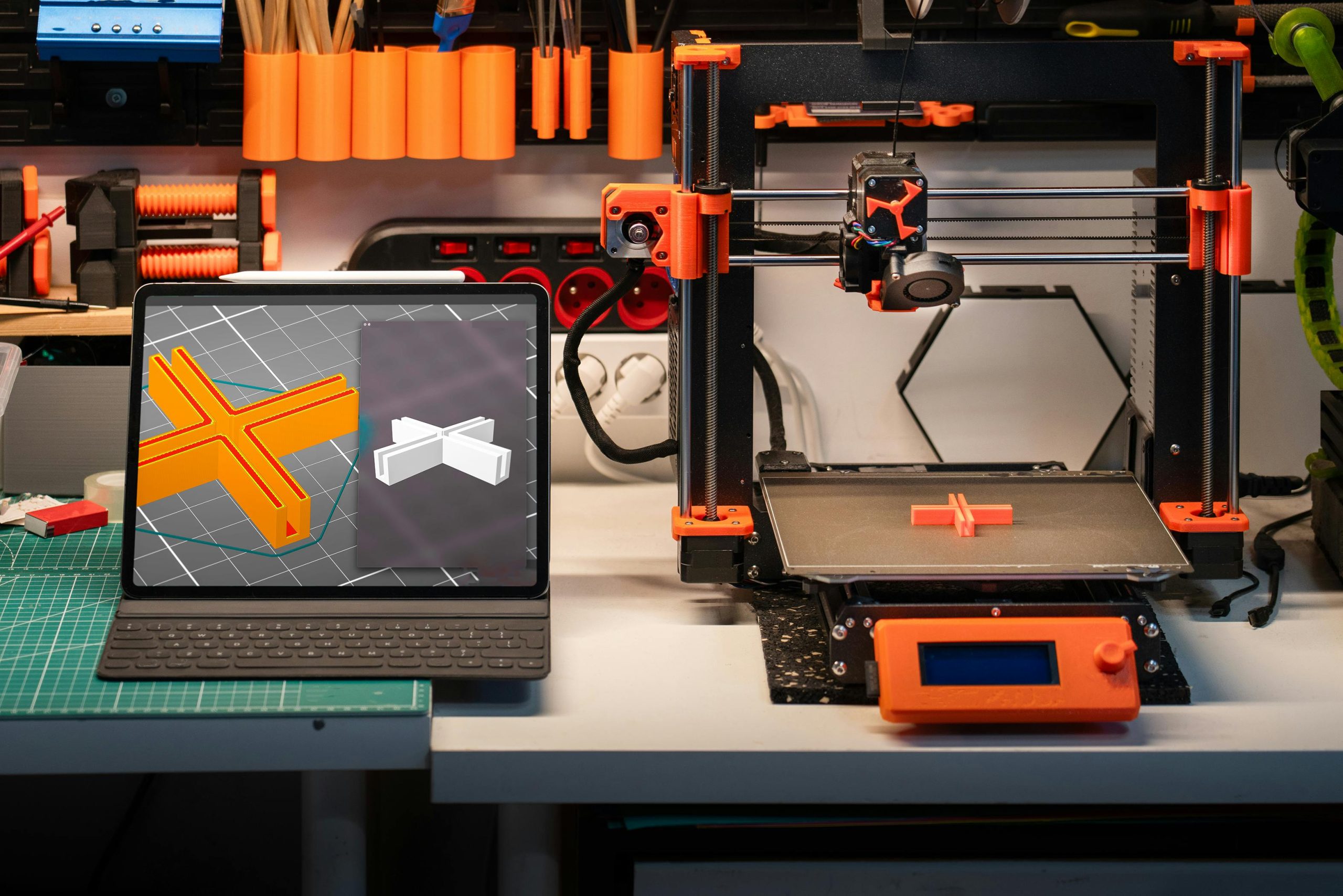Uganda has started gathering resources using 3D printing prosthetics to modify its healthcare system with a view to providing affordable and custom-made solutions for amputees in the country. This innovative approach has proffered solutions to several challenges facing Uganda’s healthcare; thereby, delivering prosthetic innovation that aids accessibility and improves lives, giving hope to those who genuinely need functional and durable prosthetic limbs.
In this article, we discuss strategic ways in which 3D printing is adopted to change the narrative surrounding prosthetics in Uganda.
Table of Contents
What is the Role of 3D Printing in Uganda’s Prosthetic Development?
The perfect answer to this poser will be incomplete without mentioning the need for prosthetics in Uganda owing to various factors, which include but aren’t limited to road traffic accidents, untreated infections, and congenital limb deficiencies. Historically, the costly and time-consuming traditional prosthetic production methods hinder the accessibility and availability of these vital medical devices. Nevertheless, the invention of 3D printing prosthetics brought a transformative approach to prosthetic development with a more efficient, affordable and scalable solution.
Furthermore, the process has been significantly improved with 3D printing technology, which paves the way for the creation of prosthetic limbs using computer-aided design (CAD) and layering materials such as plastics or resins. These methods which run in contrast to the conventional procedures involving labour-intensive stages and the use of expensive materials like metal, have been replaced by 3D printing, which reduces both the time and cost required to produce custom prosthetics.
The role of 3D printing also enables prosthetics to be customized based on each person’s needs; thereby, providing a higher level of comfort. In Uganda, this is important because many patients need prosthetics that are specifically fit for their physical conditions and mobility needs. The reduction of the cost and increment of accessibility consequently make 3D printing a major driver in Uganda’s prosthetic development.
How 3D Printing is Changing Uganda’s Healthcare System
Beyond the direct impact 3D printing has on prosthetics, it also plays a significant role in changing Uganda’s healthcare system in wider ways. One of these benefits is the potentiality of 3D printing technology to decentralize healthcare services, which creates an enabling way for local production of medical devices. Undoubtedly, rural populations often lack access to specialized healthcare facilities but the evolution of this 3D provides a unique solution that activates prosthetics production in local clinics or regional healthcare centers.
This decentralization empowers the rural areas and reduces the reliance on imported prosthetics and medical devices, which may be subject to long delays and expensive to afford due to logistical challenges. Thus, rather than waiting for the arrival of a prosthetic limb which may take weeks or months before it arrives from overseas, affected Ugandans have an option to get custom-fitted prosthetics within days. This is in connection with the rapid production capabilities of 3D printers, directly telling on the efficiency of prosthetic delivery and also enhancing the overall quality of care available to victims in need.
These efforts of the 3D printers have also attracted the door to new collaborations between local innovators, healthcare providers, and international organizations in Uganda. There exists partnerships between Ugandan universities, healthcare bodies, and international organizations, specifically initiated to address the needs of Ugandan patients. More affordable and sustainable environments have been created through these collaborations.
How Prosthetic Innovation Solves Uganda’s Unique Challenges
Uganda’s unique healthcare challenges which have a high prevalence of amputations due to preventable diseases and limited access to advanced medical technologies, have initiated the need for creative solutions in prosthetic development. 3D printing prosthetics serve as a game-changer in this instance with its adaptability and cost-effective approach that solves both the medical and socioeconomic needs of the population.
3D printing prosthetics can create modular prosthetic limbs; these limbs can be adjusted and customized, which allows users to modify their physical conditions. The terrain of Uganda is a nice fit for this initiative because many prosthetic users live in rural areas with limited access to follow-up care. These modular designs ensure that prosthetics remain active and effective over time in connection with how patients adjust their prosthetics without the need for specialized medical intervention.
Another critical innovation is the use of lightweight, durable materials that can withstand the rigours of Uganda’s environment. Many locales in Uganda have traditional prosthetics, which are often heavy and prone to wear and tear. Notwithstanding, the coming of 3D-printed prosthetics are made from materials that are both strong and lightweight which make them more durable and easier to use in various situations.
Final Thoughts
Forging ahead, the consistent growth in Uganda’s healthcare sector is a green light signaling the integration of 3D printing into other parts of medical care. Conclusively, the introduction of 3D printing prosthetics in Uganda shows a transformative step forward in healthcare innovation. Addressing these specific challenges faced by Ugandan patients and healthcare providers allows 3D printing to shape and expand the broader medical landscape in Uganda. This technological evolution plays an increasingly essential role in providing affordable, accessible, and high-quality care to those who need it most.

